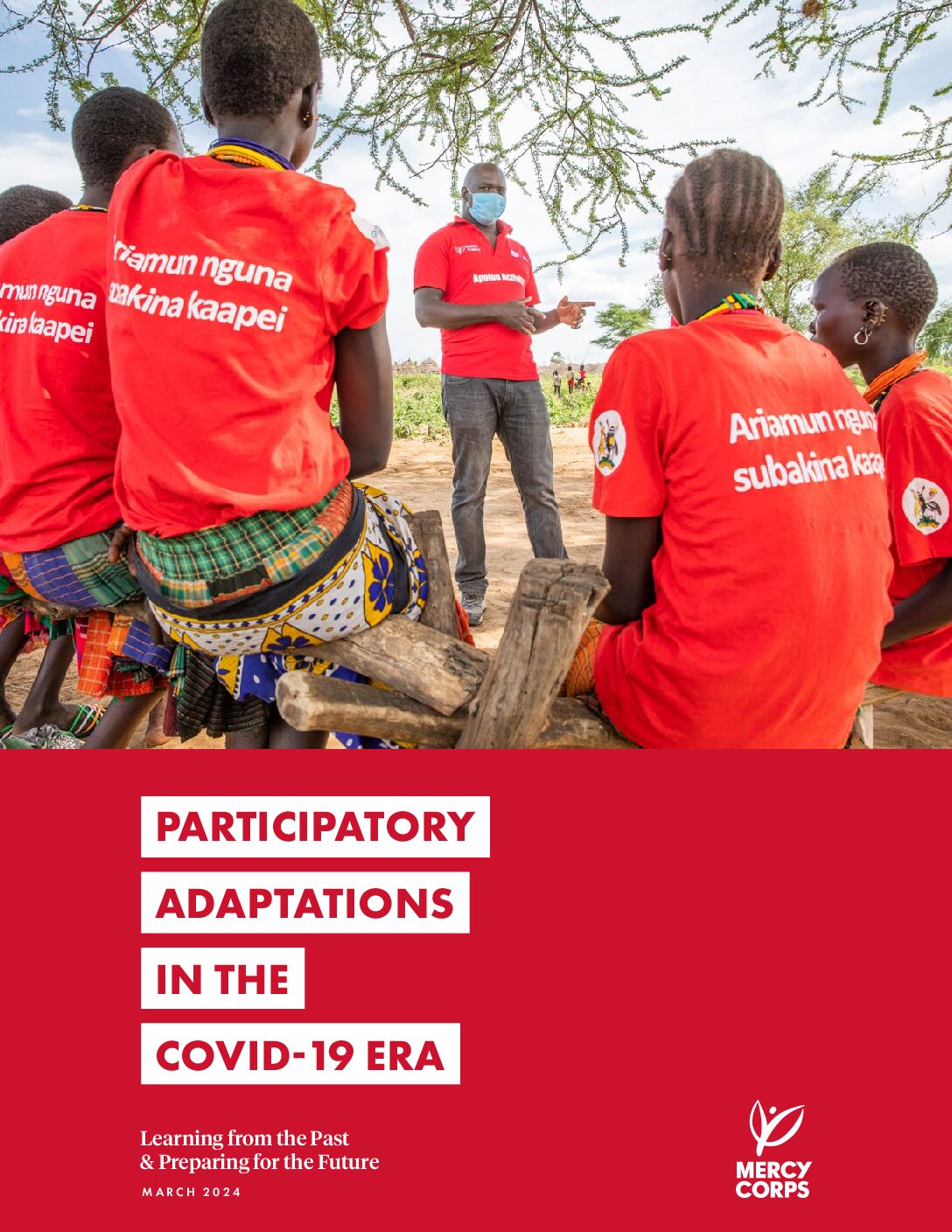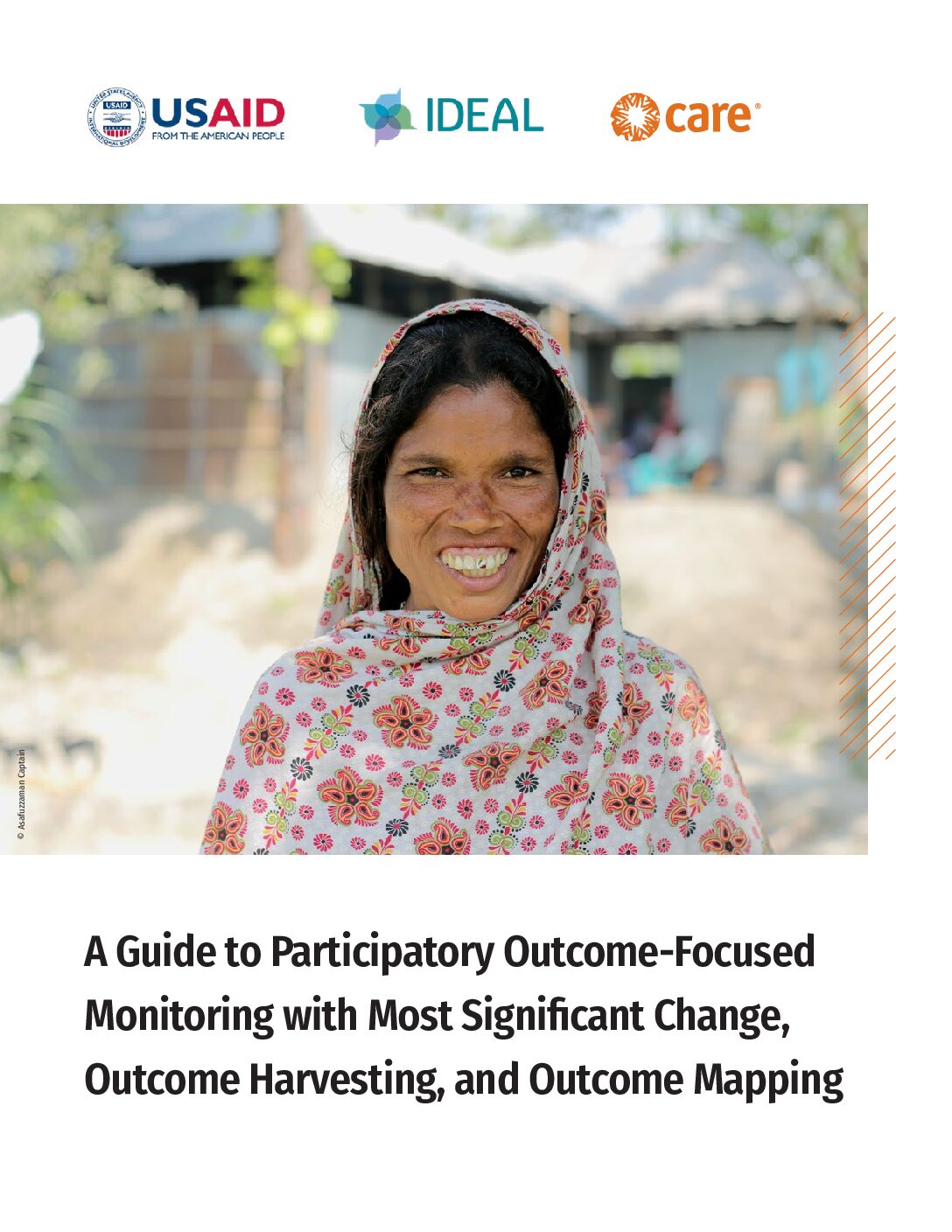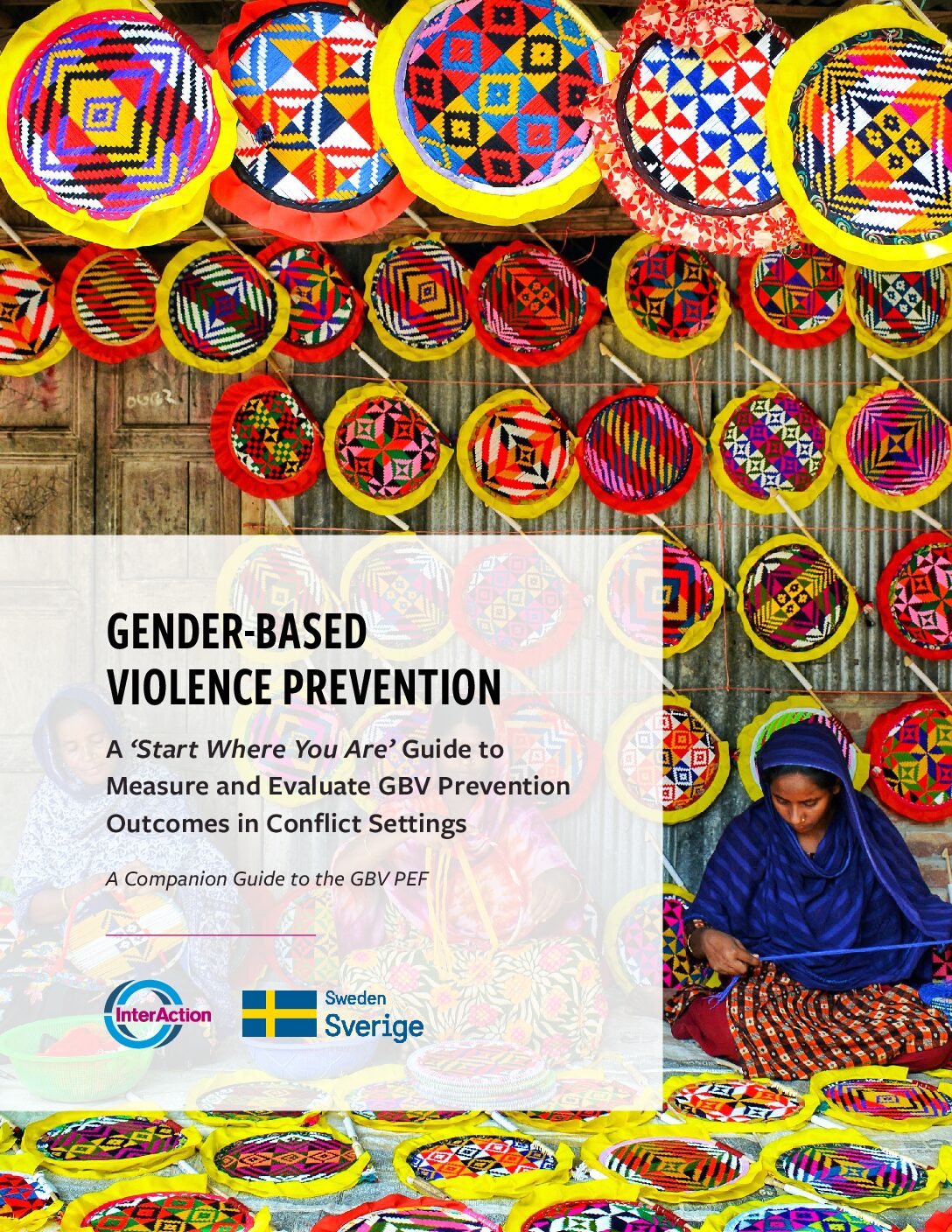Building off of InterAction’s previous mission to Myanmar, which focused on NGO roles in relation to the overall protection leadership, coordination, and strategies within the country, the second mission, conducted jointly with the Protection Information Management (PIM) initiative (co-facilitated by the Danish Refugee Council (DRC) and UNHCR) examined the methods and approaches actors use to achieve protection outcomes, using human trafficking in Rakhine state as a case example.
The Myanmar context illustrates the importance of multi-disciplinary strategies, whereby the capacities of multiple actors working across multiple disciplines are leveraged to achieve a protection outcome. While there are positive examples of efforts to address change in policy, practice, and behavior related to human trafficking, there is a lack of awareness among actors about the collective roles they could play to reduce these risks. Developing their collective roles will require:
- robust context-specific protection analysis;
- breaking out of operational silos;
- overcoming issues of trust across actors/disciplines; and
- utilizing Protection Information Management (PIM) for data collection, analysis, sharing, and usage to enable evidence-informed action for quality protection outcomes.
Recommendations from the mission, intending to catalyze collaborative ways of working to achieve protection outcomes, include:
- Better disaggregated analysis is needed on a continuous basis to understand the community specific patterns of threats, vulnerabilities and capacities–particularly related to the dimension of threats and the drivers of human trafficking. This continuous analysis, accompanied by regular reflection, can thereby facilitate adaptive programming and strategic decision-making.
- The methodologies for data collection should be iteratively evaluated to whether they are appropriately suited to the context and working toward the intended purpose. As data analysis should be founded on the perspective of the affected population, the humanitarian community can learn from participatory approaches to data collection from other actors, such as peacebuilders and local civil society.
- Protection Information Management (PIM) can be used as a method to support the achievement of collective protection outcomes by helping organizations strengthen data collection, identifying information needs and gaps, promoting the sharing of relevant data and information in a safe manner, and conducting comprehensive analyses oriented towards supporting protection outcomes. The use of the PIM Matrix is an important tool that can support this process.
- There is a need for humanitarian actors to develop a causal logic underpinning any response strategy (including for human trafficking), which will allow actors to be more explicit in addressing risks by mapping out the steps and milestones needed to address a given issue. Developing a causal logic may help organizations identify the potential roles and contribution of multiple stakeholders, which will allow for collective approaches to problem-solving.
- There is a need for all actors to recognize existing operational silos and identify ways to work collectively to solve problems. This should be supported by systems and protocols to promote joint analysis and collaboration amongst stakeholders. Inter-agency strategies should recognize and include the contribution of, and roles for, local civil society organizations, peacebuilding and development actors, and relevant government authorities.
| Title of File | Language | |
|---|---|---|
| Field Mission Report: Strengthening humanitarian action to address protection issues in Rakhine, Myanmar: Human trafficking, a case example | English | Download |


